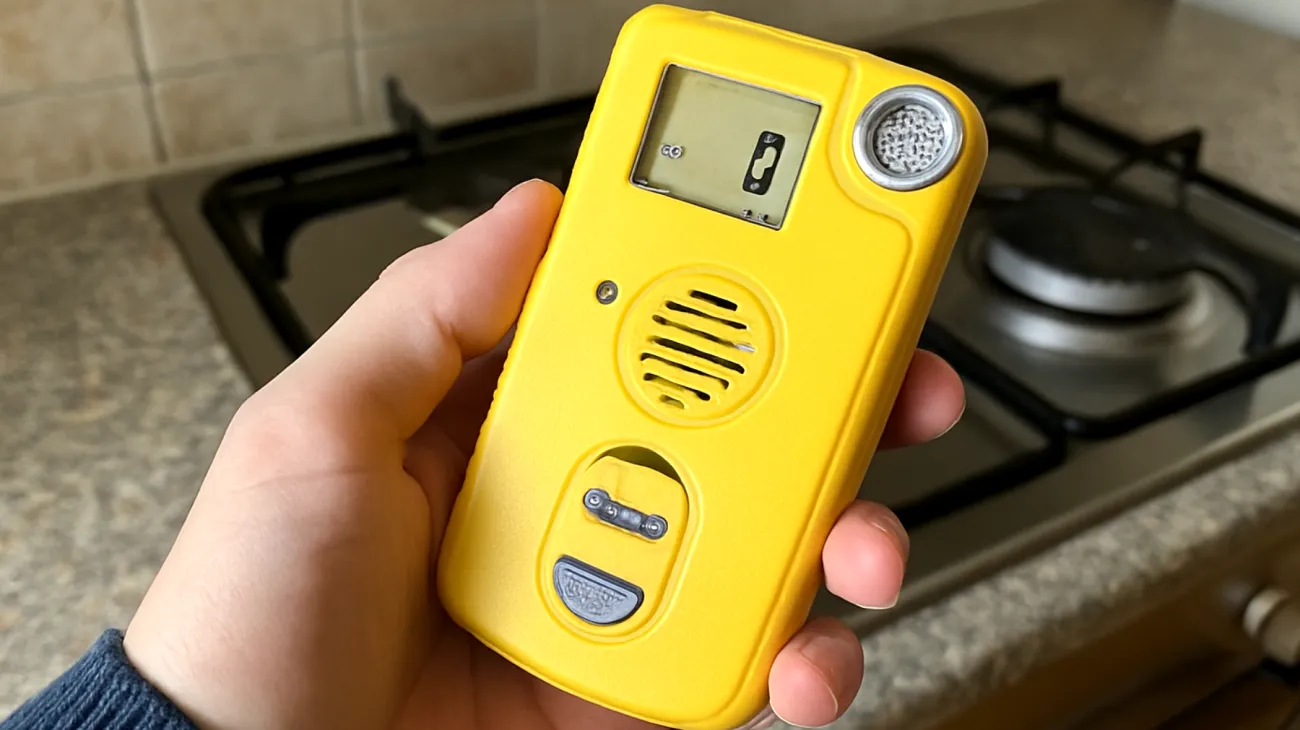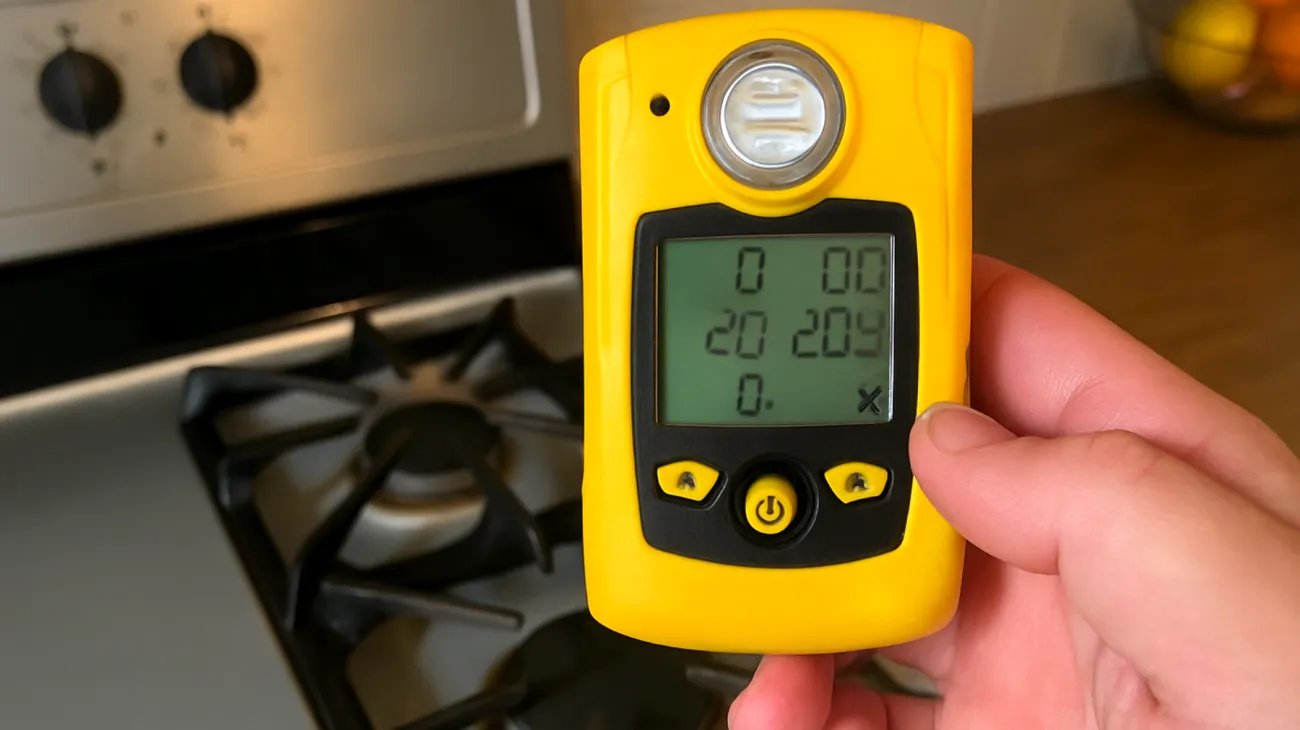Understanding Gas Burner Problems: When Clicking Becomes a Warning Sign
When a gas cooktop burner clicks repeatedly without igniting—or worse, produces a weak, flickering flame—it’s not just an inconvenience. It’s a warning sign that demands immediate attention. These malfunctions often trace back to a surprisingly small culprit: clogged gas ports that disrupt the precise balance your burner needs to function safely.
Gas burners operate on carefully calibrated engineering where fuel and oxygen must mix in exact proportions. When debris, grease, or corrosion disrupts that balance, burners struggle to ignite and fail to sustain a healthy flame. Over time, this affects not only your cooktop’s efficiency but also introduces serious safety hazards, from gas accumulation risks to the hidden threat of incomplete combustion producing carbon monoxide.
Most homeowners never consider the engineering precision required for their cooktop to function safely. Each burner represents a finely tuned system where minute obstructions can cascade into significant problems. What begins as barely noticeable clicking or slightly uneven flames can evolve into genuine safety concerns affecting air quality, energy efficiency, and household fire risk.
How Gas Burners Actually Work
A typical gas burner has a simple but precisely designed structure. A metal cap rests over a circular ring containing small holes—or ports—through which pressurized gas escapes. When you turn the knob, gas flows out and a spark lights it. Surrounding air mixes with the gas, producing a steady blue flame that indicates optimal performance.
The ports themselves are precisely sized openings, typically measuring just millimeters in diameter. According to appliance safety specialists, even partial blockages can significantly alter the gas-to-air ratio, compromising both performance and safety. Manufacturing tolerances for these ports are remarkably tight—variations of even fractions of millimeters can affect combustion characteristics.
When food particles, grease, or cleaning chemicals build up and block these gas ports, they interrupt proper gas flow. The ignition becomes inconsistent, flames turn orange or yellow due to insufficient oxygen, and uncombusted gas may escape into your kitchen. At this point, your cooktop enters dangerous territory that requires immediate correction.
Why Clogged Ports Create Hidden Dangers
A weak or unstable flame provides immediate visual feedback that something’s wrong. But what often goes unnoticed is the hidden chemical aftermath of incomplete combustion. Instead of fully converting gas into carbon dioxide and water vapor, faulty ignition leads to dangerous byproducts that accumulate in kitchen environments.
Natural gas burns most efficiently when mixed with air in specific ratios—typically around 10 parts air to 1 part gas. When ports become restricted, this ratio shifts dramatically, preventing complete oxidation of the fuel. This incomplete combustion process produces several concerning results, including excess carbon monoxide production and persistent orange flames that burn cooler and deposit soot on cookware.
A blue flame indicates complete combustion occurring at optimal temperatures with adequate oxygen mixing. When flames turn orange, yellow, or reddish, that’s your visual warning that burner ports are clogged, or gas pressure is low, creating conditions that compromise both safety and efficiency.
Safe Cleaning Methods That Actually Work
Dealing with clogged burner ports isn’t about harsh chemicals or aggressive scrubbing. Professional appliance technicians emphasize that proper cleaning requires methodical attention to detail rather than brute force approaches that can damage delicate components or create new safety hazards.
The cleaning process demands respect for both the precision engineering of modern gas burners and the inherent dangers of working with gas-powered appliances. Many service calls result from well-intentioned but improperly executed cleaning attempts that damage components or worsen existing problems.
- Turn off the gas supply completely—not just the burner knob, but the main gas valve if accessible
- Remove burner grates and caps after they’ve cooled completely
- Lift burner heads carefully to avoid breaking ignition wires or enamel coatings
- Clean ports with a thin wire or toothpick, never using knives or drill bits that could enlarge the precisely sized openings
- Use warm soapy water and a soft brush to remove grease buildup, then rinse thoroughly and dry completely
- Apply compressed air in short bursts to eject stubborn debris without forcing it deeper into internal passages
Avoid using vinegar or caustic chemicals directly on burners, as they can corrode metal components over time or interfere with ignition performance. Chemical cleaning agents may also leave residues that affect gas flow characteristics or create unwanted reactions during cooking operations.
The Critical Role of Kitchen Ventilation
One often-ignored factor contributes heavily to burner malfunction: poor kitchen ventilation. Without adequate oxygen circulation, even clean gas ports struggle to sustain consistent blue flames. This creates incomplete combustion conditions that may produce carbon monoxide while reducing cooking efficiency.
Kitchen ventilation affects gas burner performance in ways extending beyond simple air circulation. Inadequate ventilation creates negative pressure conditions that interfere with proper gas flow and combustion characteristics, particularly in modern homes with minimal natural air exchange rates.
Signs of ventilation problems include regular occurrence of yellow or orange flames, burners that seem to “choke” during operation, condensation on kitchen windows after cooking, and unexplained fatigue or light-headedness while cooking—which could indicate mild carbon monoxide exposure rather than simple tiredness.

Detecting Gas Leaks the Right Way
If your burners repeatedly fail to ignite or you detect even a faint gas smell near your cooktop, systematic leak detection becomes essential. Gas safety professionals recommend mixing dish soap with water and applying it to gas connection points while watching for bubble formation, which indicates escaping gas.
This simple soap solution method provides visual confirmation of leaks without introducing ignition sources or requiring specialized equipment. The technique works because escaping gas creates pressure differentials that form distinctive bubble patterns when encountering soapy films.
Never use flames to check for leaks under any circumstances. If you confirm a leak exists, avoid trying to fix it yourself unless you’re properly certified—call a licensed technician immediately. Ventilate the area and avoid switching electrical appliances on or off, as they can create sparks that ignite accumulated gas.
Why Routine Maintenance Prevents Major Problems
Unlike electric stoves, gas cooktops require consistent monitoring and maintenance. Taking 10-15 minutes monthly to inspect and clean components can eliminate the need for complex and costly professional interventions later while maintaining optimal safety margins throughout equipment operation.
The economics of preventive maintenance become compelling when considering potential neglect costs. Emergency repairs often cost several times more than routine maintenance, not including inconvenience and safety risks associated with appliance failures during active use.
- Weekly: Wipe down caps, grates, and exposed surfaces with degreasing cleaner
- Monthly: Inspect burner ports and clean individual holes manually
- Quarterly: Check gas hose connections and ventilation system filters
- Annually: Schedule professional inspection, especially for appliances over five years old or with heavy usage patterns
This modest diligence ensures you catch problems that start small—clicking burners or unpredictable flames—before they develop into serious hazards. Professional technicians emphasize that many serious gas appliance problems develop gradually over months or years, making them ideal candidates for early detection through routine inspection.
Reading Flame Colors for Safety Insights
A healthy gas flame should always burn blue, indicating complete combustion at high temperatures with adequate oxygen. Orange, yellow, or reddish flames signal trouble that demands immediate attention. The physics behind flame coloration relates directly to combustion temperature and chemical reactions occurring within the flame zone.
Blue flames indicate temperatures sufficient for complete oxidation of hydrocarbon fuels, while yellow or orange coloration typically signifies incomplete combustion and lower temperatures. Never treat orange flames as normal—they indicate the burner isn’t functioning as designed and is depositing soot that affects cookware while spreading airborne contaminants.
Flame color changes often precede more serious problems, making visual flame inspection a valuable early warning system. Recognizing and responding to these changes prevents equipment damage while maintaining safe operating conditions for your kitchen environment.
Small Details That Enhance Overall Safety
Many minor inefficiencies, when combined, create major safety gaps that could be easily prevented. Rotating burner caps during cleaning helps avoid uneven wear or misalignment issues. Labeling burner positions before removing components ensures correct restoration after maintenance.
Avoiding oversized pans prevents heat buildup and vapor trapping near knobs and ignition systems. When using burner liners, choose only those certified safe for your specific cooktop model, as improper liners may block essential airflow or trap flammable debris.
Pay attention to igniter behavior—sharp, consistent clicking indicates proper function, while absent clicks or ongoing weak tapping may point to dirty electrodes or wiring degradation requiring professional attention.
Maintaining Long-Term Kitchen Safety
Gas represents an efficient cooking fuel, but it demands consistent respect and proper handling. A well-designed cooktop should ignite instantly with burners that stay lit and burn blue under varied conditions. When this doesn’t happen—especially after extended periods without maintenance—the system likely needs minor but essential restoration.
The engineering sophistication of modern gas appliances reflects decades of safety improvements and performance optimization. However, these advances depend entirely on proper maintenance and operational practices to deliver their intended benefits. Even the most advanced safety features cannot compensate for fundamental maintenance neglect.
Cleaning clogged gas ports does more than improve daily cooking experiences. It ensures that combustion remains safe, efficient, and free from accidental leakage. With just basic tools—wire, soapy water, and a soft brush—you can keep your gas cooktop operating safely for years to come.
Reliable kitchen appliances don’t maintain themselves. Regular attention to seemingly minor details—like those tiny holes in each burner’s ring—makes all the difference in long-term safety and performance. The investment in preventive maintenance pays dividends not only in appliance longevity but in peace of mind knowing your kitchen operates safely and efficiently every time you cook.
Table of Contents

